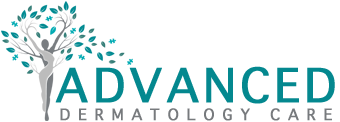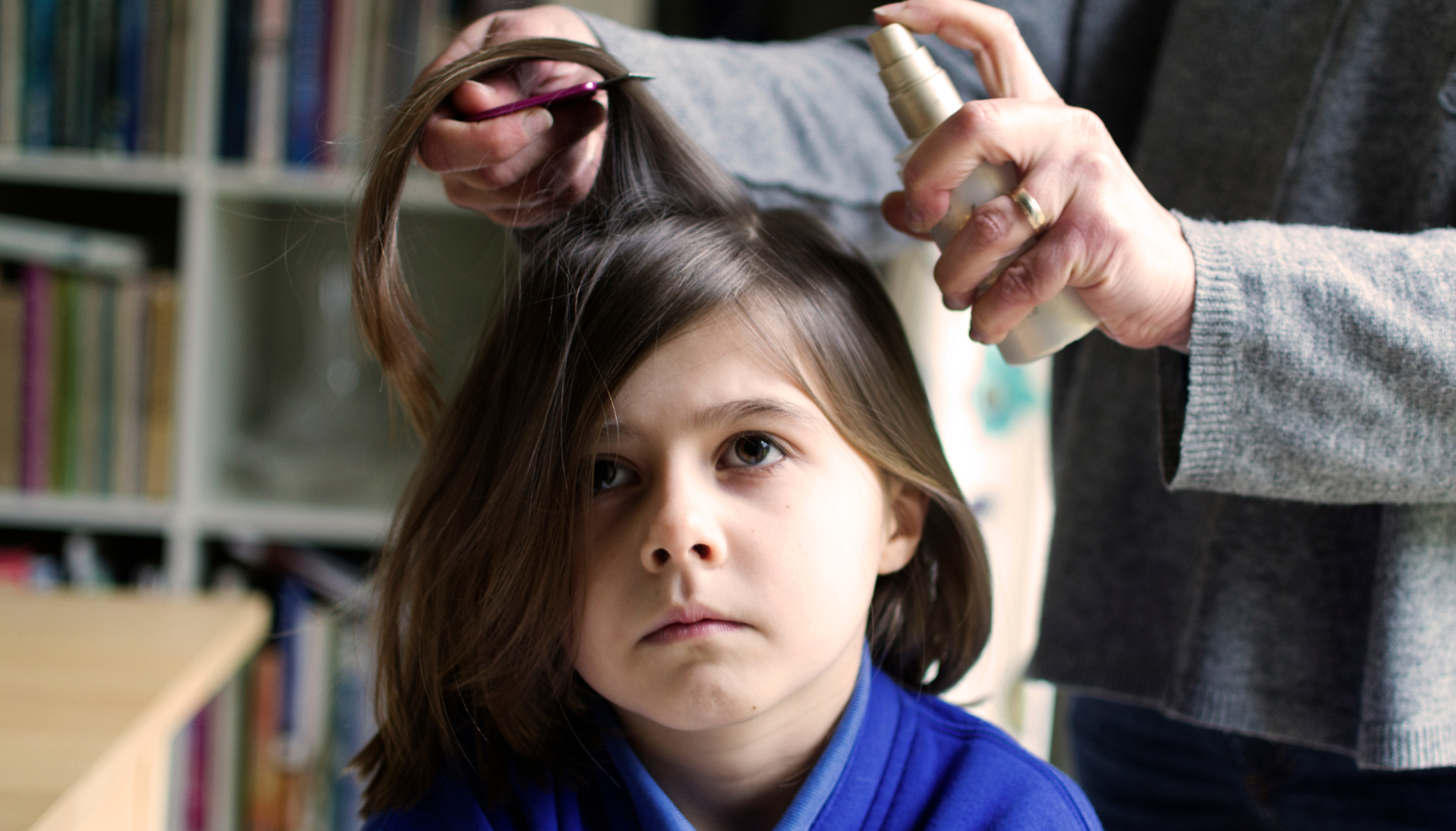Head lice are small, parasitic insects that live in hair and feed off blood. They are a common problem, particularly in school children, but there are ways of avoiding them.
Lice are a type of parasite that feed off human blood. There are three types of lice that may occur in humans:
- head lice or Pediculus humanus capitis
- body lice or Pediculus humanus corporis
- pubic lice or Pthirus pubis
Body lice are the only species that can carry disease. However, it is important for people to avoid lice infestations of any kind, as they spread easily and may be difficult to get rid of.
How do lice spread?
Head lice travel by crawling across the hairs on a person’s head. People are most at risk from lice through direct hair-to-hair contact, which may occur during school, play, or at home.
Head lice infestations affect mostly children between 3-12 years old and they typically affect more girls than boys.
It is unclear whether lice can travel on materials such as pillowcases or clothing, but some research indicates that this may be a small risk.
Pets do not spread any of the three types of lice that affect people. Additionally, cleanliness does not affect a person’s chances of developing a head louse infestation.
Tips to Prevent Lice
A person may be able to prevent contracting and spreading head lice in several ways.
Avoid hair-to-hair contact
The main way to prevent head lice is to avoid hair-to-hair, contact. This includes minimizing contact with others during:
- play
- activities at home
- school
- work
- sports activities
- camp
- slumber parties
Wash clothing and bedding on a high heat
To decontaminate clothes and bed linens, a person should machine wash items at a minimum of 130 Degrees Fahrenheit and use a high heat drying cycle to dry them afterward.
A person may also decontaminate items by sealing and storing them in a plastic bag and leaving them for 2 weeks.
These actions should kill any living lice as well as their eggs, which people call nits.
Vacuum the floor or furniture
Carpets are not likely to pose any risk of transporting lice. However, to minimize the chances of lice spreading, people may vacuum areas of the floor or furniture where a person with a possible louse infestation has been sitting.
Do not share combs or brushes
If a person thinks they may have a head louse infestation, they should not share towels, combs, or brushes. To disinfect combs and brushes, a person should soak them in hot water that is at least 130 Degrees Fahrenheit for 5-10 minutes.
Do not share headgear
If a person thinks they may have lice, they should not share headgear, such as hair bows or hats, with others. People may find it is safest to avoid sharing headgear altogether.
Do not share clothing
A person who thinks they may have lice should not share scarves, coats, or other items of clothing that may come into contact with their head or hair.
Do not use fumigants
Fumigant sprays and fogs are not necessary or a person to treat head lice. Additionally, they can be toxic for people if they enter the body through the airways or skin.
When to Contact A Provider
Treatments for head lice are typically available over the counter in the U.S. However, some head lice treatments are only available on prescription. A person should contact a healthcare professional to find out which treatments are most suitable for them.

